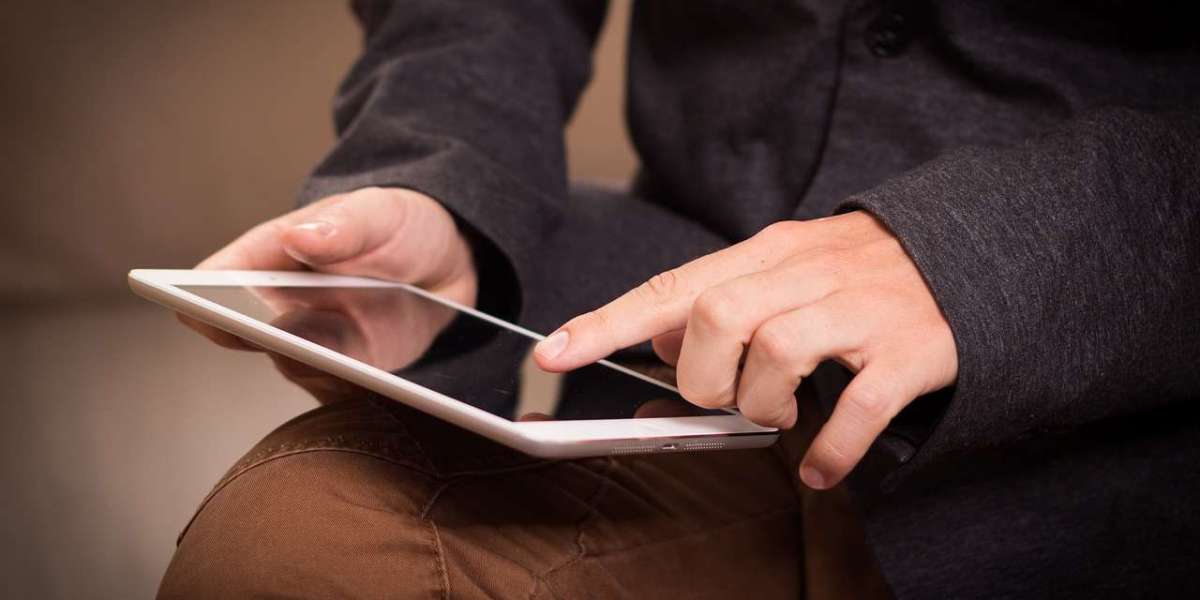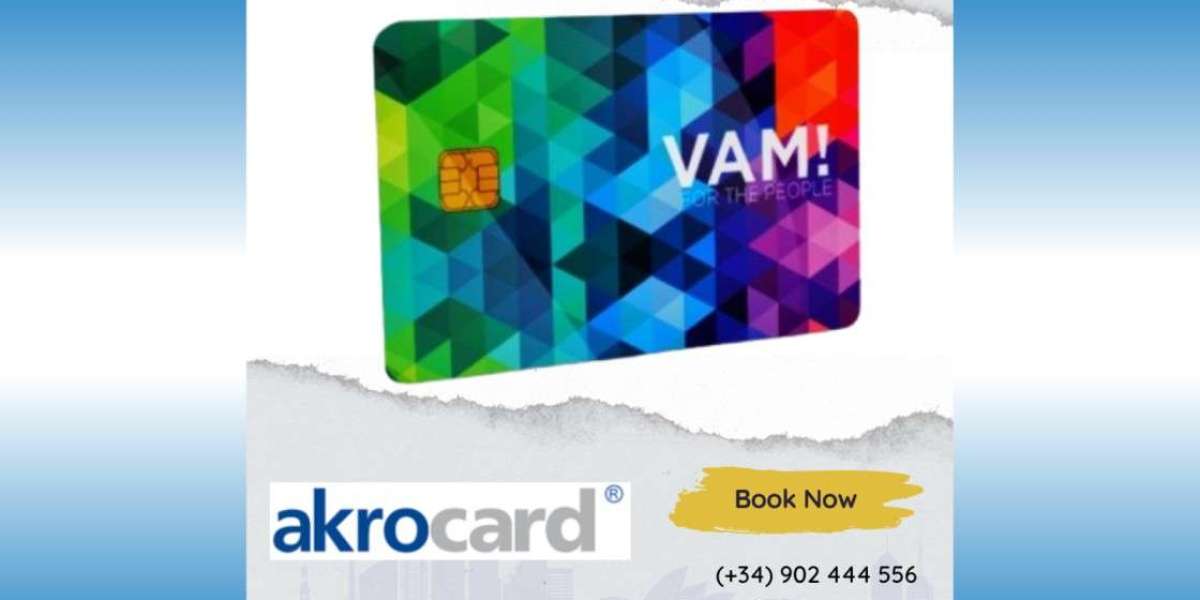Creating festive Christmas embroidery designs brings joy, creativity, and a handmade charm to the holiday season. Whether you're working on a snowman pillowcase or a reindeer ornament, choosing the right fabric and thread makes all the difference. The right combination ensures your design looks beautiful, lasts long, and feels high-quality.
In this guide, we’ll help you choose the best materials for both hand and machine embroidery—plus how ZDigitizing can help ensure your project is stitch-ready with the best digitized designs.
Why Fabric and Thread Matter in Embroidery
Selecting the wrong fabric or thread can lead to puckering, fading, and even needle breakage. But when you pick the right combo:
Your Christmas embroidery designs stay vibrant and smooth
The stitching process becomes easier
The final product looks professional and festive
Let’s break down the best options for both.
Top Fabrics for Christmas Embroidery Designs
1. Cotton – A Classic Choice
Cotton is soft, breathable, and stable—perfect for most embroidery projects.
Best for: Tablecloths, napkins, holiday shirts Pros: Easy to hoop, handles most threads well Cons: May wrinkle without proper stabilizer
2. Linen – Rustic and Elegant
Linen gives a charming, vintage vibe that’s perfect for classic Christmas pieces.
Best for: Wall hangings, tea towels, framed art Pros: Textured surface adds character Cons: Slightly tricky for beginners
3. Felt – Cozy and Crafty
Felt is thick, non-fraying, and ideal for dimensional holiday crafts.
Best for: Ornaments, gift tags, stockings Pros: Doesn’t need hemming, easy for beginners Cons: Doesn’t support detailed fine stitching
4. Canvas – Durable and Versatile
Canvas is sturdy and handles dense stitches like snowflakes or Santa hats.
Best for: Tote bags, banners, advent calendars Pros: Strong and resistant to pulling Cons: Needs strong needles and stabilizer
5. Denim – Trendy and Tough
For a modern twist, denim works great for machine Christmas embroidery designs.
Best for: Jackets, jeans, rustic decor Pros: Durable, holds thread color well Cons: Requires heavy-duty machine needles
Choosing the Right Thread for Christmas Embroidery
The right thread brings your design to life—adding color, shine, texture, and durability.
1. Cotton Thread – Natural and Matte
Cotton thread gives a soft, classic finish.
Use for: Vintage designs, heirloom stitching Best with: Cotton or linen fabrics Note: Use shorter lengths to avoid fraying
2. Rayon Thread – Shiny and Smooth
Rayon has a silky finish that looks luxurious on festive patterns.
Use for: Machine embroidery, elegant ornaments Best with: Canvas, denim, felt Tip: Store away from moisture to prevent weakening
3. Polyester Thread – Strong and Vivid
Polyester thread is fade-resistant and ideal for machine projects.
Use for: Bold colors like red, green, gold Best with: Most fabrics Benefit: Resists stretching and color loss in the wash
4. Metallic Thread – Sparkling for the Season
Metallic threads add a festive shimmer perfect for stars, snowflakes, or ornaments.
Use for: Details like tree toppers, snowflakes, text Best with: Dense fabrics like canvas or felt Warning: Use slowly—these threads can break easily
5. Wool Thread – Cozy and Textured
Wool floss offers a thick, rustic look.
Use for: Felt projects, ornaments Best with: Looser weaves like linen or wool Effect: Adds depth and texture for charming details
Embroidery Thread Weights: What You Need to Know
40wt (standard for machine embroidery) – balances coverage and detail
30wt (thicker) – for bold or heavy stitching
60wt (fine) – for small details like lettering
6-strand floss (hand embroidery) – lets you choose thickness by how many strands you use
Use the correct needle and tension for the weight you're using to avoid tangling or thread breakage.
Matching Fabric & Thread for Christmas Projects
Project TypeFabricThreadNotesOrnamentsFeltWool/MetallicCozy with shimmerTable RunnersLinenCotton/RayonClassic, elegant lookApparelCotton/DenimPolyester/RayonDurable and brightWall DecorCanvasPolyester/CottonStrong backing neededStockingsFelt/CanvasMetallic/PolyesterAdds holiday sparkle
Machine Embroidery Tips for Materials
Always use stabilizer: Tear-away for thick fabric, cut-away for stretch
Pre-wash natural fabrics like cotton to avoid shrinking
Use high-quality digitized designs from ZDigitizing to prevent thread breaks or distortion
Adjust tension based on fabric thickness
Hand Embroidery Tips for Materials
Use shorter lengths of thread (12-18 inches) to avoid tangling
Iron fabric before starting for smooth stitching
Use embroidery hoops to keep your fabric taut
Layer with interfacing for thinner fabrics
Why Choose ZDigitizing for Holiday Embroidery
To make your project easier and more precise, professional digitizing is a must. With ZDigitizing, you get:
Accurate and smooth embroidery files
Compatibility with all machines and formats
Quick turnaround and excellent customer support
Detailed adjustments for any fabric or thread type
Whether it’s a modern quote or a vintage reindeer design, ZDigitizing helps ensure your file is optimized for the best stitching quality—saving you time and material.
Conclusion: Make Magic with the Right Materials
The best Christmas embroidery designs begin with the best fabric and thread. Whether you're stitching by hand or machine, the material combination you choose will directly affect how your holiday projects turn out—visually and structurally.
Stick with fabrics like cotton, felt, and linen, and choose threads that fit your design’s mood—classic, shiny, or cozy. With the help of quality digitized files from ZDigitizing, your festive creations will stand out with clarity, texture, and sparkle.
FAQs: Best Fabrics & Threads for Christmas Embroidery
1. What’s the easiest fabric for beginners in Christmas embroidery? Cotton is the easiest—stable, soft, and compatible with both hand and machine embroidery.
2. Can I use regular sewing thread for embroidery? It’s not recommended. Embroidery thread is stronger, more vibrant, and designed for decorative stitching.
3. What fabric is best for embroidered Christmas ornaments? Felt is ideal for ornaments—it’s thick, doesn’t fray, and works well with both hand and machine embroidery.
4. Are metallic threads hard to use? Yes, they can be tricky. Use shorter lengths and stitch slowly to avoid breakage.
5. How do I digitize my own designs for machine embroidery? Use a service like ZDigitizing to convert your sketches or logos into stitch-ready embroidery files.



